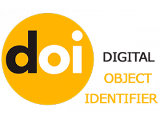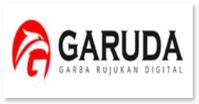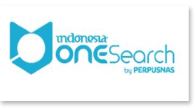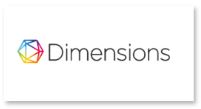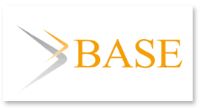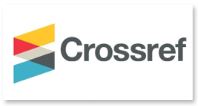PENERAPAN METODE WEBUSE DALAM MENGEVALUASI SITUS MAMIKOS.COM DAN PAPIKOST.COM
DOI:
https://doi.org/10.30656/jsii.v10i1.4592Abstract
Research on the websites Mamikos.com and Papikost.com aims to help provide an evaluation in the development of these websites. There are many websites out there that provide boarding services so that users can easily access them. However, not a few of these websites are unable to meet user satisfaction and often disappoint users who use them. Through this research, we can determine the usability level of the Mamikos.com and Papikost.com websites, based on the user ratings of the application. This study uses the Webuse method which has 24 questions that can be divided based on 4 categories of aspects, namely Content, Organization & Readablity, Navigation & Links, User Interface Design, Performance & Effectiveness. Assessment points use a 5-point Likert rating scale, so that the assessment is more accurate. Each respondent will be given 24 questions about the Mamikos.com and Papikost.com websites. The results of this study indicate that overall usability points are higher on the Mamikos.com website, but both websites still need to focus on certain categories for the next website development.
References
J. Sauer, A. Sonderegger, K. Heyden, J. Biller, J. Klotz, & A. Uebelbacher, “Extra laboratorial usability tests : An empirical comparison of remote and classical field testing with lab testingâ€, Applied Ergonomics, vol. 74, pp. 85–96, January 2019.
N. Oktaviani, “Analisa Website Media Elektronik Di Sumsel Melalui Penerapan Usability Pada Evaluasi Metode Webuseâ€, Inotek, vol. 1, no. 1, pp. 223-230, Des 2020.
S. Marianingsih, A. A. Supianto, “Mobile application sales of handicraft products of papuaâ€, International Conference on Sustainable Information Engineering and Technology (SIET), pp. 162-167, November 2018.
I. K. Dewi, Y. T. Mursityo, R. R. M. Putri. â€Analisis Usability Aplikasi Mobile Pemesanan Layanan Taksi Perdana Menggunakan Metode Webuse dan Heuristic Evaluationâ€, Jurnal Pengembangan Teknologi Informasi dan Ilmu Komputer, Vol. 2, No. 8, pp. 2909-2918, September 2017
H. Heryono, “Interaksi manusia dan komputer pada alterasi fungsi grafis dalam natural user interface di era konseptualâ€, Seminar Nasional Teknologi Informasi dan Multimedia, vol. 5, no. 1, Februari 2017.
A. Abulfaraj and A. Steele, “Coherent Heuristic Evaluation (CoHE): Toward Increasing the Effectiveness of Heuristic Evaluation for Novice Evaluatorsâ€, International Conference on Human-Computer Interaction, pp 3-20, 2021.
H. Joo, "A Study on the development of experts according to UI / UX understanding", KOREA SCIENCE & ART FORUM, vol. 31, pp. 401-411, 2017.
F. Pambajeng and A. Ardiansyah, "Pengembangan User Interface (UI) dan User Experience (UX) Aplikasi Cashoop Untuk Pengelolaan Keuangan Pribadi", JSTIE (Jurnal Sarjana Teknik Informatika) (E-Journal), vol. 7, no. 1, pp 1-20, 2019.
J. Ruiz, E. Serral and M. Snoeck, "Unifying Functional User Interface Design Principles", International Journal of Human–Computer Interaction, vol. 37, no. 1, pp. 47-67, 2020.
L. Hardiansyah, K. Iskandar and H. Harliana, "Perancangan User Experience Website Profil Dengan Metode The Five Planes (Studi kasus: BP3K Kecamatan Mundu)", Jurnal Ilmiah Intech : Information Technology Journal of UMUS, vol. 1, no. 01, pp. 11-21, 2019.
A. I. Yunus, 2018, “Perancangan Desain User Interface Dan User Experience Pada Aplikasi Siakad Dengan Menggunakan Metode User Centered Design (UCD) Pada Universitas Islam Negeri Sunan Ampel Surabayaâ€, Institut Bisnis dan Informatika Stikom, Surabaya, 2018.
A. Rahmadina, I. Akunaranda, N. H. Wardani, “Evaluasi usability aplikasi E-TPT berbasis mobile kantor pelayanan pajak pratama malang utara dengan menggunakan metode heuristic evaluationâ€, Jurnal Pengembangan Teknologi Informasi dan Ilmu Komputer, vol. 3, no. 7, pp. 6396-6403, Juli 2019.
Downloads
Published
Issue
Section
License
- This work is licensed under a Creative Commons Attribution-ShareAlike 4.0 International License.
-
Author(s)' Warranties
The author warrants that the article is original, written by stated author(s), has not been published before, contains no unlawful statements, does not infringe the rights of others, is subject to copyright that is vested exclusively in the author and free of any third party rights, and that any necessary written permissions to quote from other sources have been obtained by the author(s).
- Information
- Notice about change in the copyright policy of the journal 'Jurnal Sistem Informasi (JSiI)' : "From Vol 1, onwards the copyright of the article published in the journal 'Jurnal Sistem Informasi' will be retained by the author"

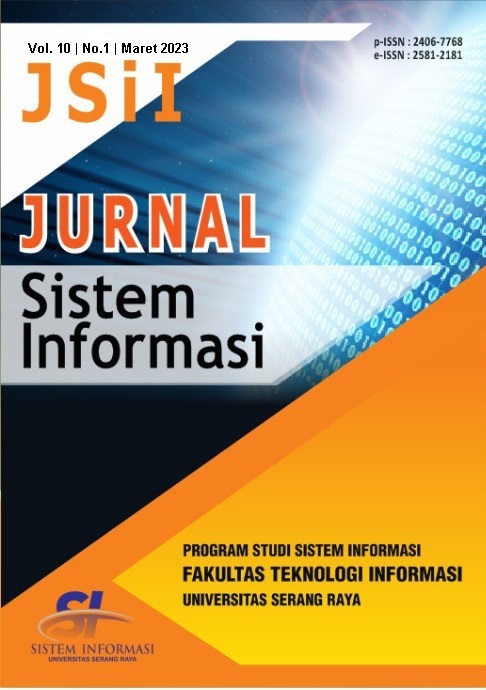





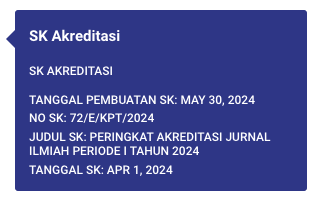





.jpg)
